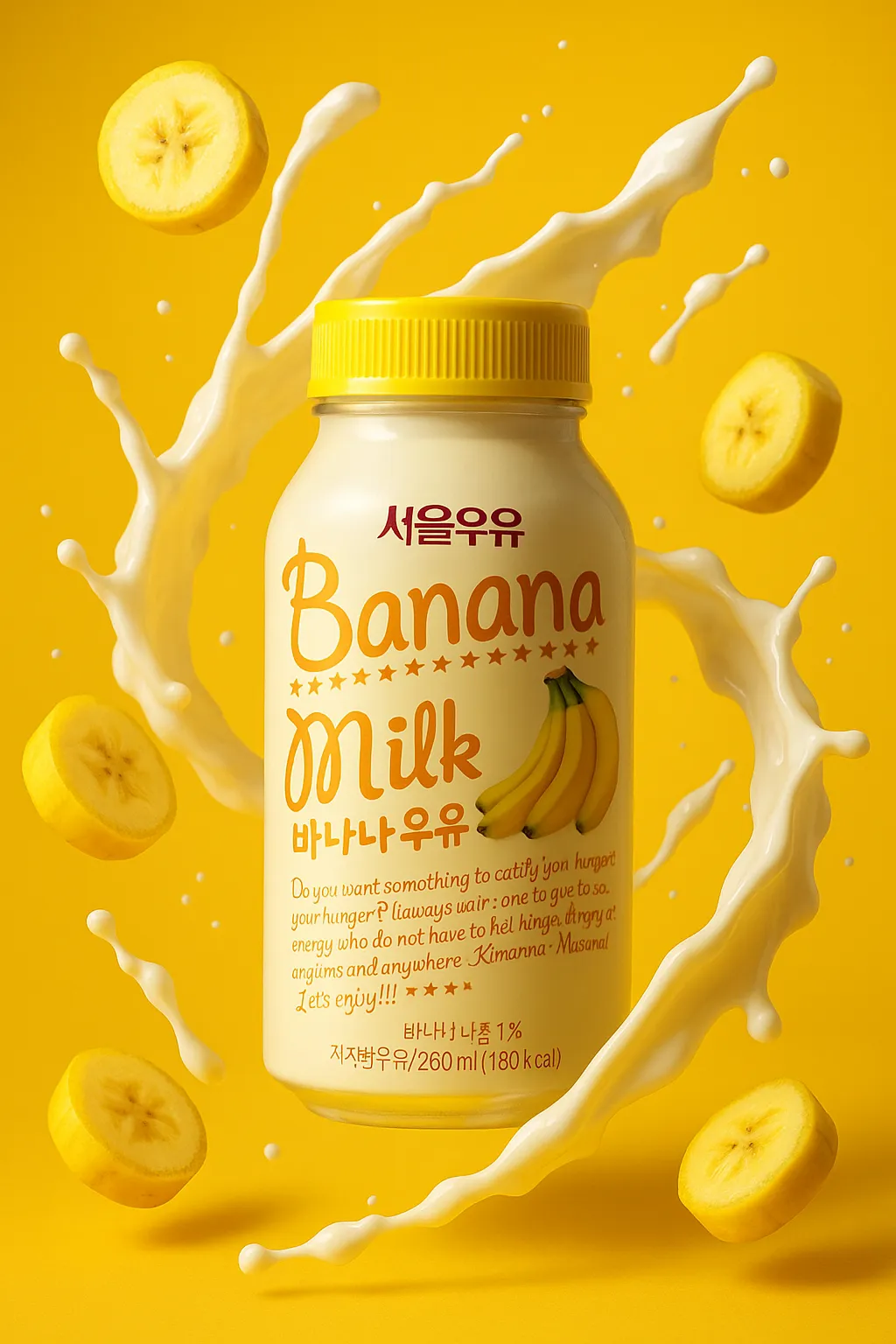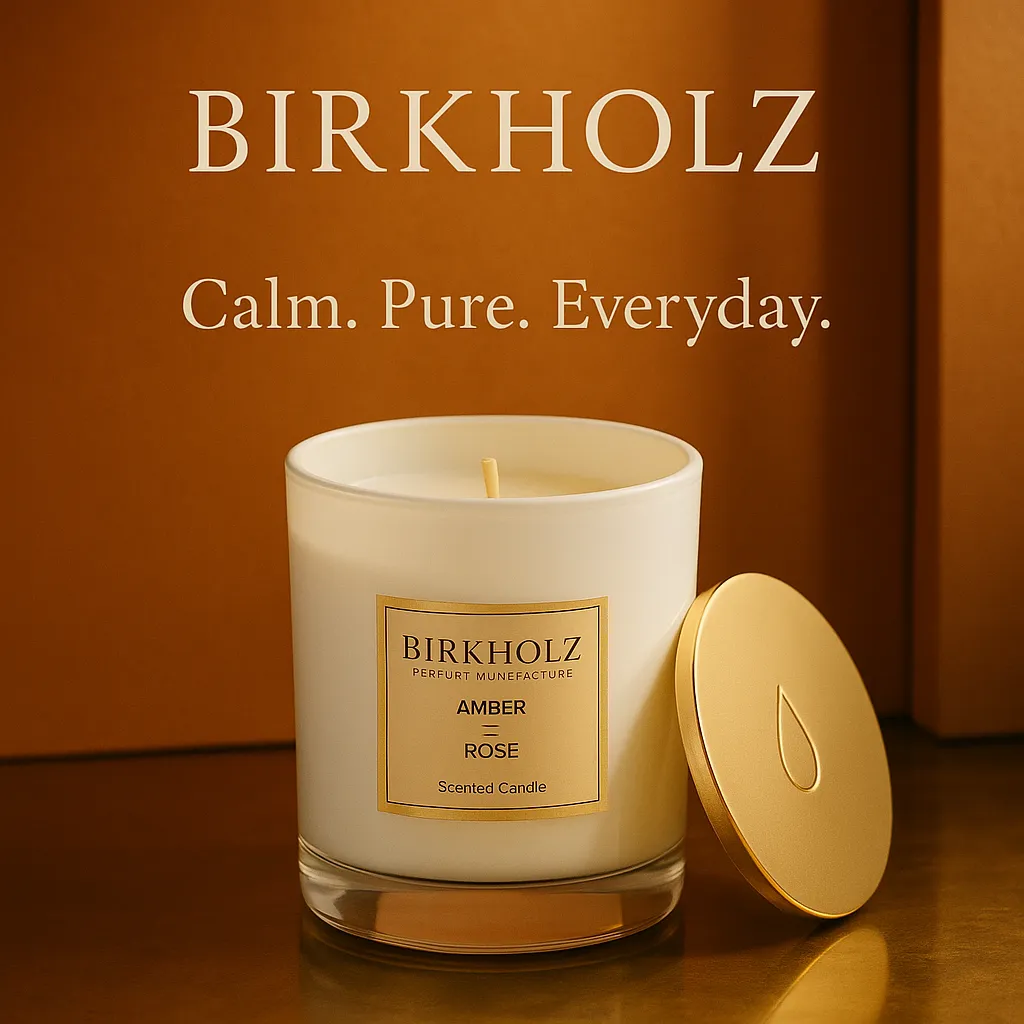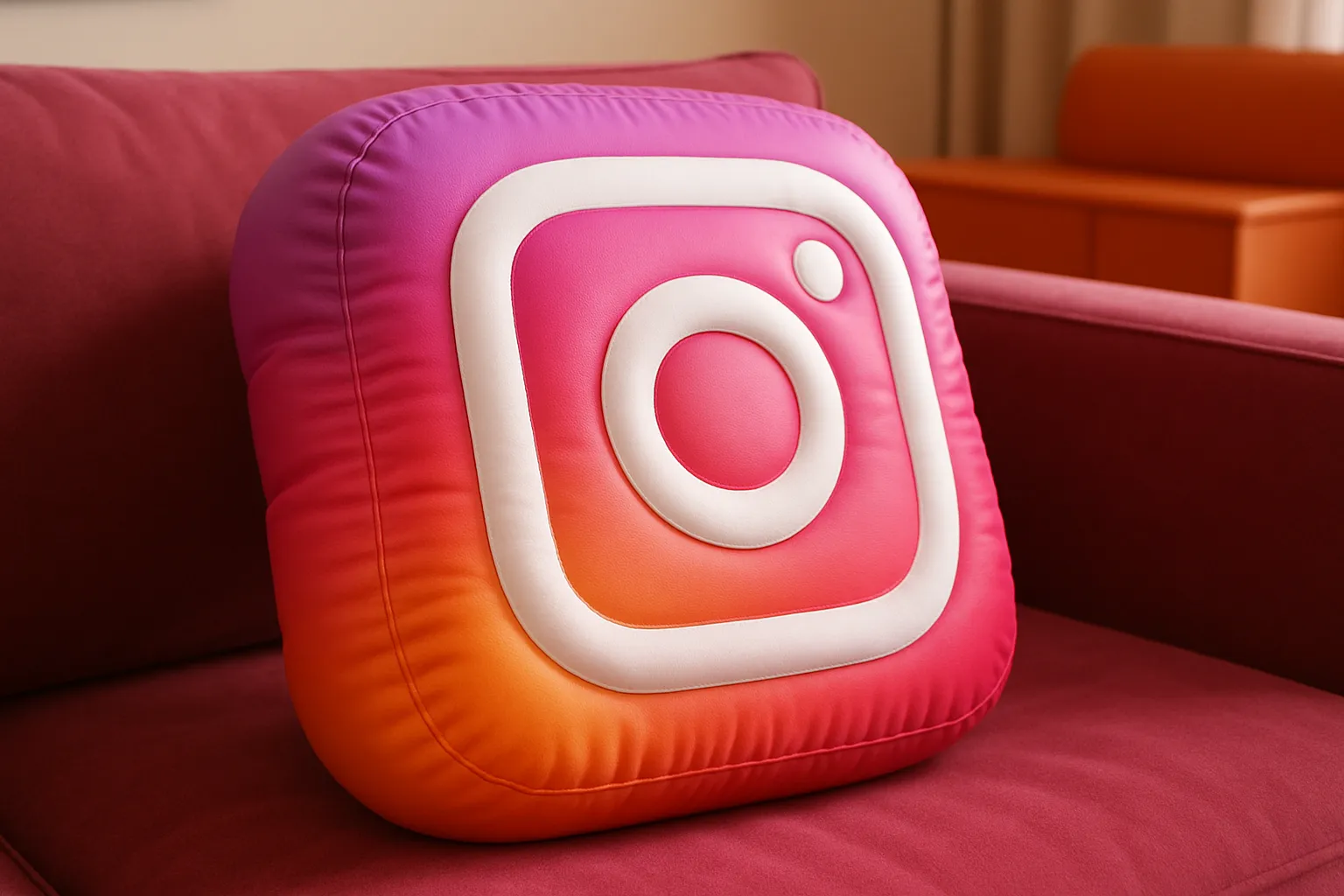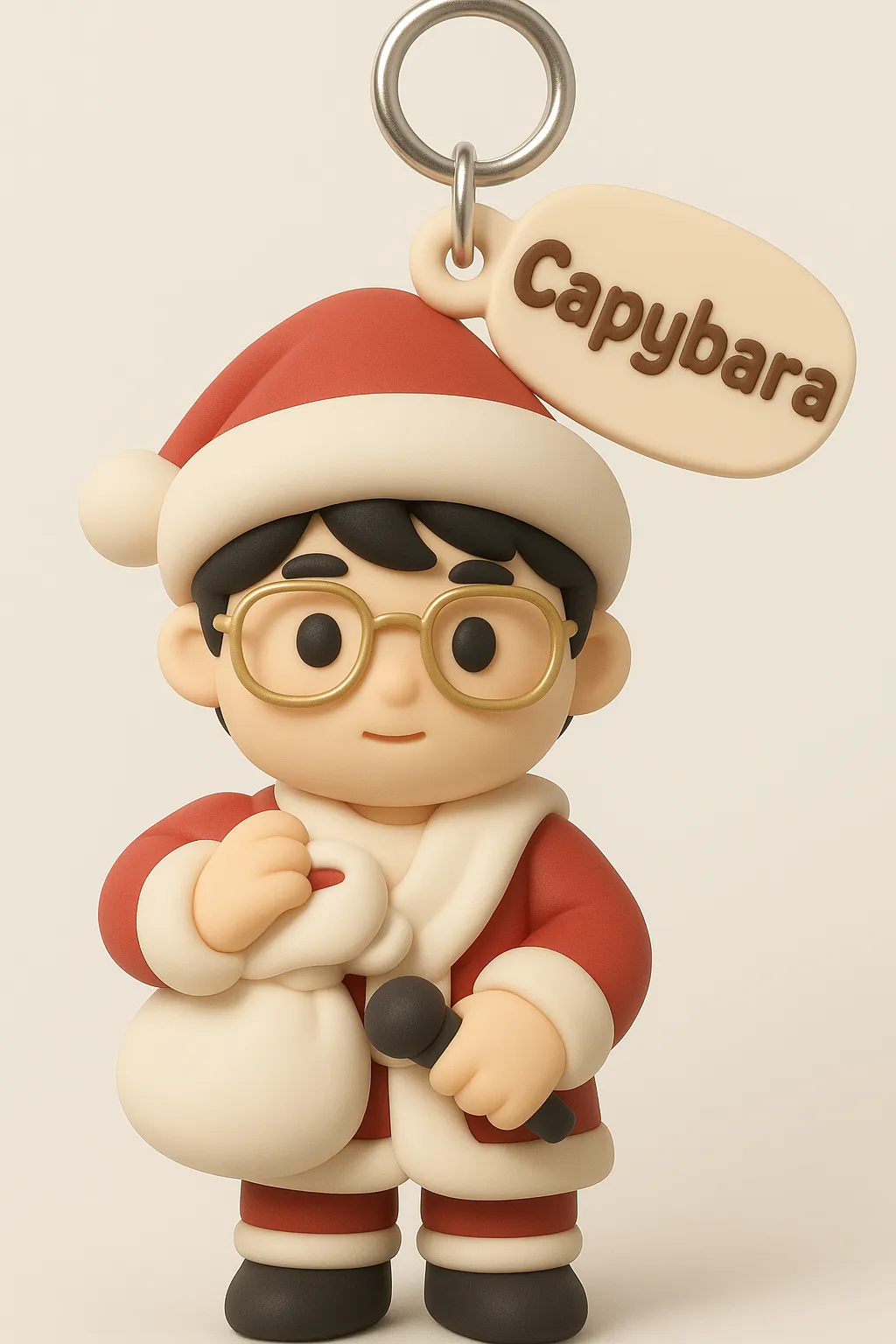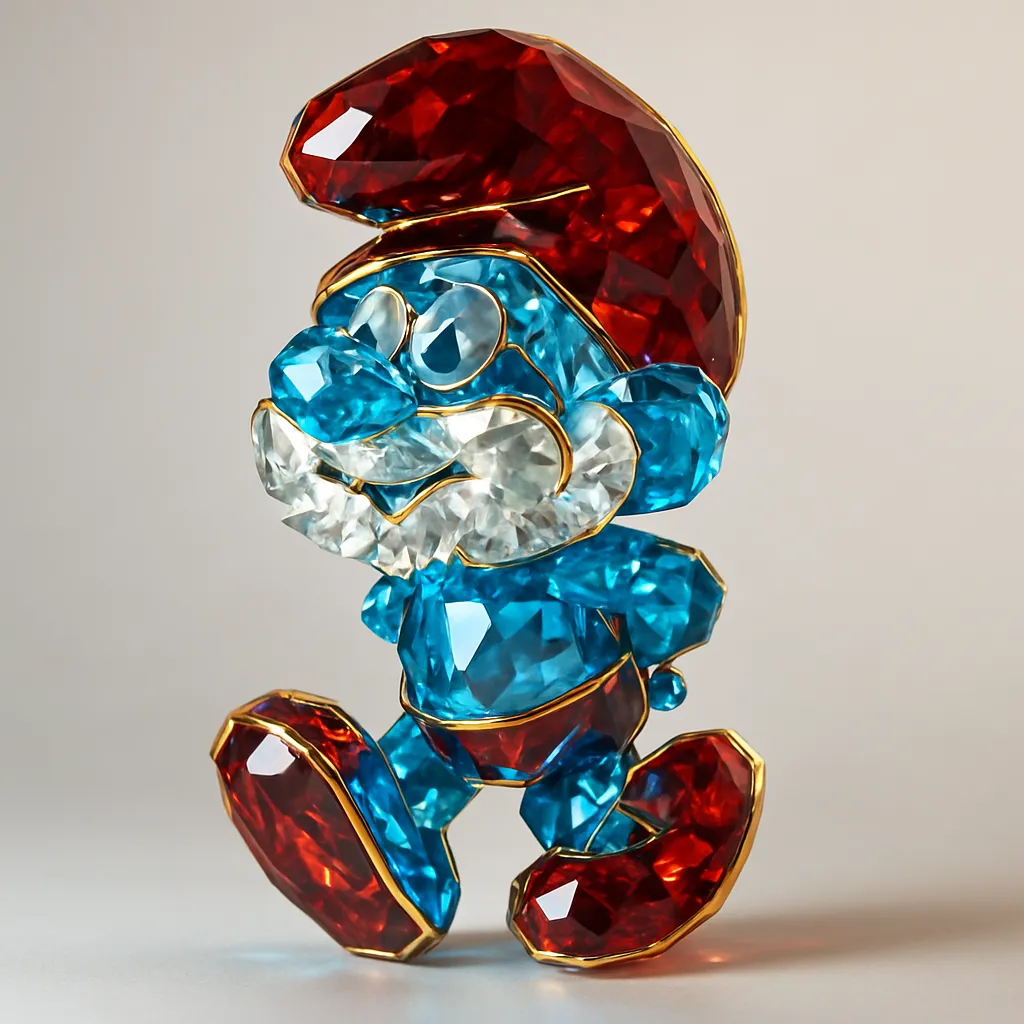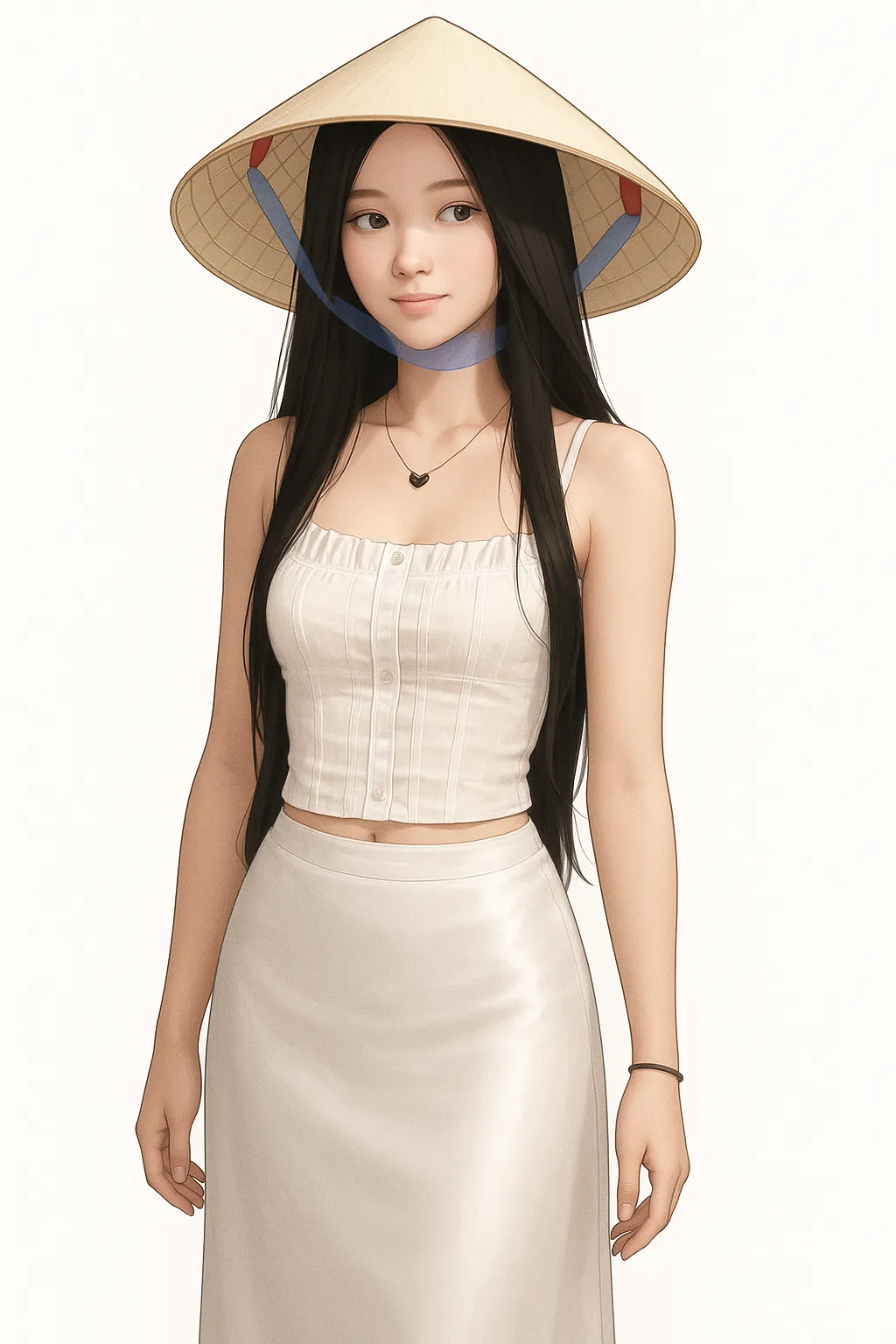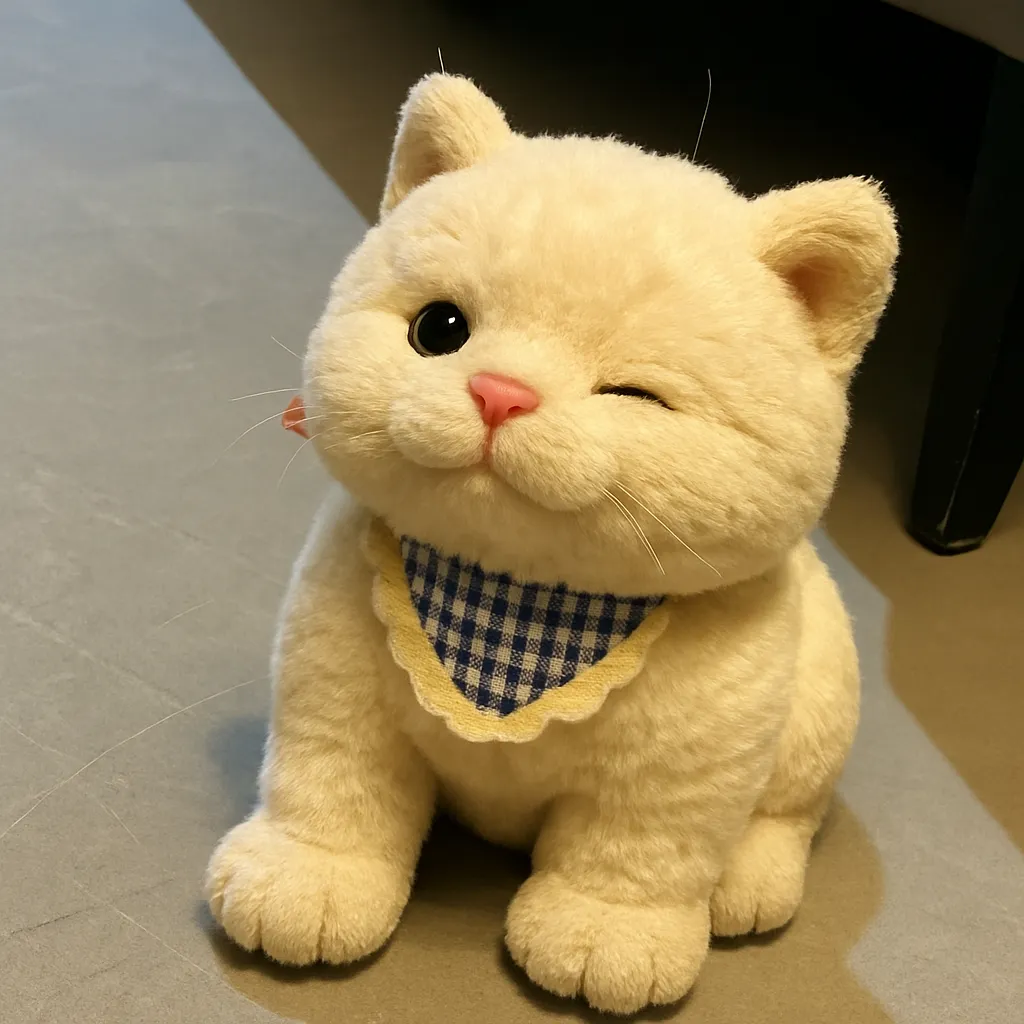Type: Related Product
Suggestion: Aromatherapy Essential Oil Roller Set
Description: A set of natural essential oil rollers featuring lavender, sandalwood, and chamomile scents complements the candle fragrances perfectly. This product enhances the relaxation and stress relief experience by providing on-the-go aromatherapy, ideal for women committed to self-care and mindfulness routines.
Type: Bundle
Suggestion: Serenity Sanctuary Bundle
Description: This bundle pairs the Premium Scented Candle Gift Set "Relax After A Long Day" with a plush weighted blanket and a silk eye mask infused with lavender. Together, these items create the ultimate relaxation kit aimed at improving sleep quality and promoting calm—a perfect all-in-one gift for health-conscious women who value comfort and serenity at home.
Type: Related Product
Suggestion: Handcrafted Ceramic Candle Holders (Set of 3)
Description: Stylish, natural-toned ceramic holders designed specifically for the candle set enhance the aesthetic appeal and safety of candle use. These holders align with customers’ desire for high-quality, natural products and help transform their living spaces into tranquil, cozy retreats, encouraging repeat candle usage and a more immersive relaxation experience.
Inputs used
Upsell Idea Generator
Prompt body


